Deconstructivism: Deconstruct to become better
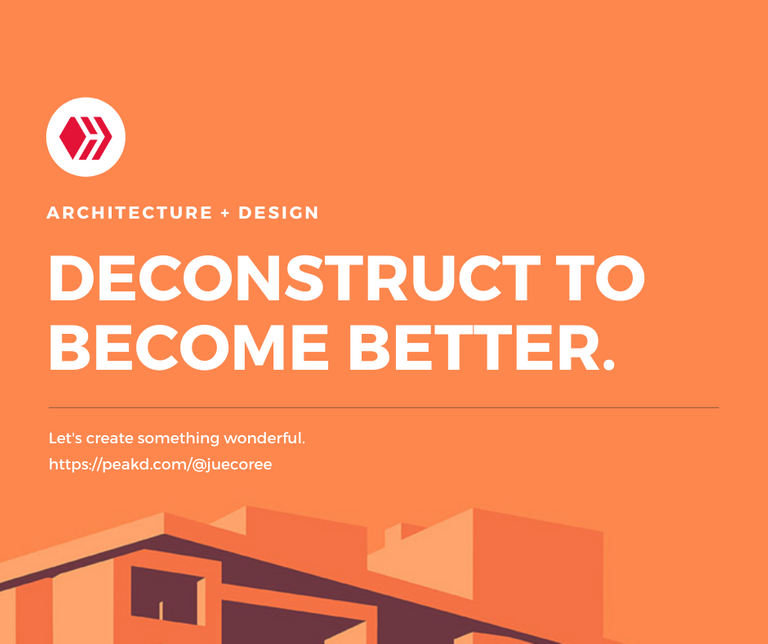
Our lives have become more complex than ever as we strive to contend our lives. We are under constant strain to deal with routines and responsibilities to live. We fall to our obsession with achieving our daily satisfaction and ambitions that we lose sight of what matters and why we began in the first place. We fail to appreciate our life as we continue to do it compulsively. That is why so many people are anxious and finally burn out.
Minimalism runs away to takes an indefinite break or relocate to the countryside, which they will find ways to detach from the stress and leave the bustle of our cities behind. They celebrate less is more and get better with less. In contrast, maximalist embraces complexity and busyness that they thrive to fit and stand out, which constantly adapts to what circumstances at their doorstep. More is better, which is their mantra, and willingly adapt what they can fit their lives to stand out.
Minimalism and maximalism stand out as the polar extremes of how we live our lives. These resonate with how we design built space. Minimalism inspired us to look for what is essential to the element of the living space, which boosts our spatial experience. While maximalism mixes and matches styles and concepts of different periods that make it complex and push to stand out despite the complexity and chaotic vibe at a glance. Although these philosophies sound, we can't deny that it doesn't fit at all.
Deconstructivism may not be about reducing or embracing complexity, but it offers something different to our plate. Minimalism declutters to become better, and maximalist embraces chaos to stand out. Deconstructivists look back on what happened to our lives or built spaces and find a way to be better from what has been wrong. When we apply deconstructivism in our lives, we look at past issues and why they started and how it affects us. Deconstructivists engaged in a critical inquiry of the past and the outcome to make things better with time and motion as parameters.
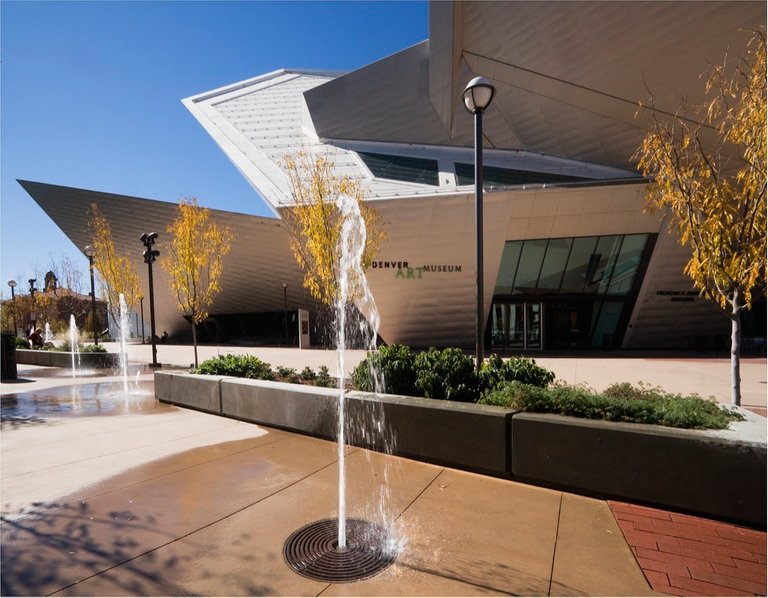

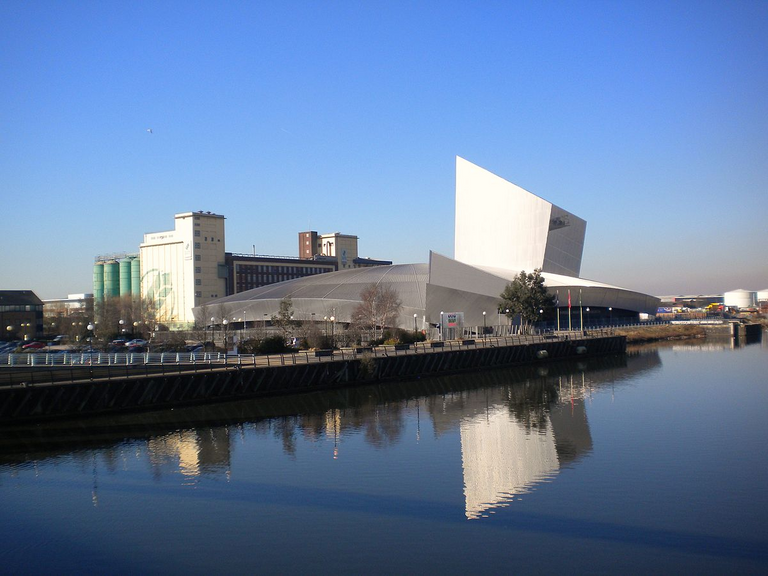

Deconstructivism inspires us to think about time and changes as we approach everyday life. We are taking every moment as a snapshot that we can deconstruct and examine closely, which may give insight into what is happening and will happen. Besides, we account for everything that took place being relative to one another, in some sense. It exemplifies that nothing remains untouched or unchanged over time, but we can see that constantly rethink over the years.
If one looks at contemporary design trends, one can cipher that the visual and aesthetics of our design are a byproduct of historical design movements. Deconstructivism exemplifies constant rethinking and adaptation instead of abandonment or embracement. In design and architecture, deconstruction is recycling existing structures to give birth to new ones. It advocates sustainability rather than ill demolition and rejoices the mantra, construction in reverse.
Architecture falls to a conservative practice, and it makes deconstructionism so fitting. We knew that buildings withstand the test of time due to their stability. Sometimes building transcends beyond our assumptions that we always need harmony or symmetry. Architects and designers abandon dated rules and explore new themes that are something more interesting. We scout for perfect proportion and order every time. That minute flaw makes the built space unpleasing. Deconstructivism challenges the perception of flawlessness that encourages us to embrace the faults inherent in the design. That is strong and beautiful.
Deconstructivism calls for responsible management of our materials. We embrace the old structure and reuse its parts to reduce our consumption of new raw materials. We can't deny that building living and industrial spaces devour a large sum of materials. In contrast, when we demolished buildings, we gain tonnes of waste and are unsustainable. We divert demolition trashes from landfills when we deconstruct buildings, which provides usable resources, making material recycling easier. Deconstructivism in architecture resonates with our call for sustainability. We can adapt and repurpose the building for deconstruction. With deconstruction in mind, we can easily maintain and convert buildings to different purposes.
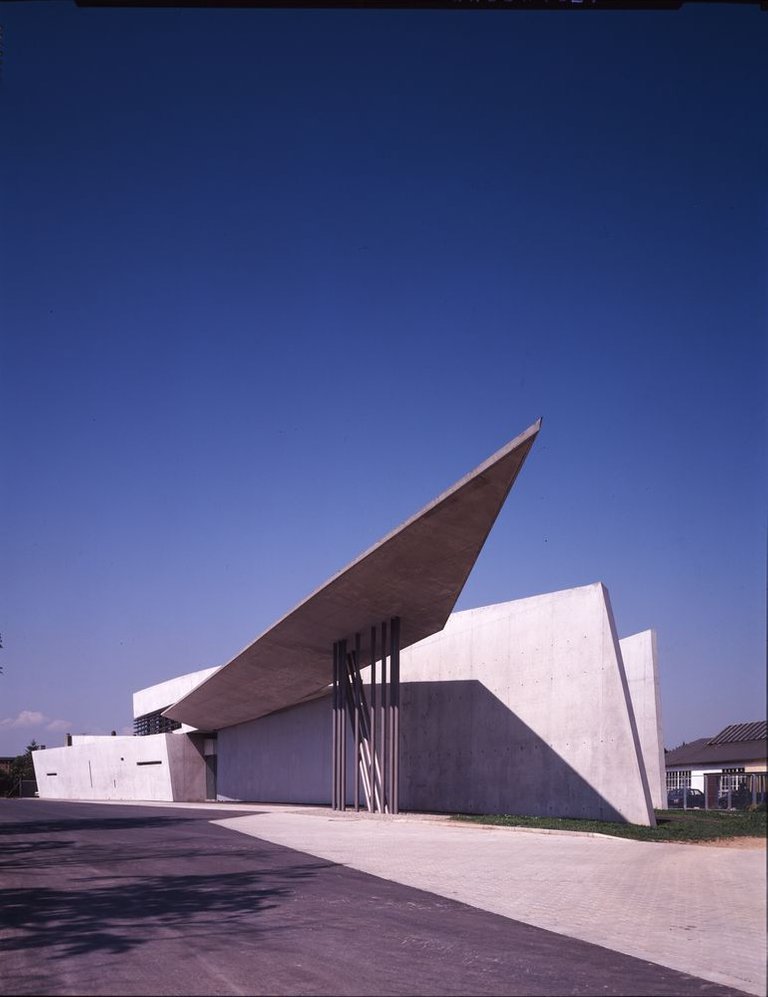

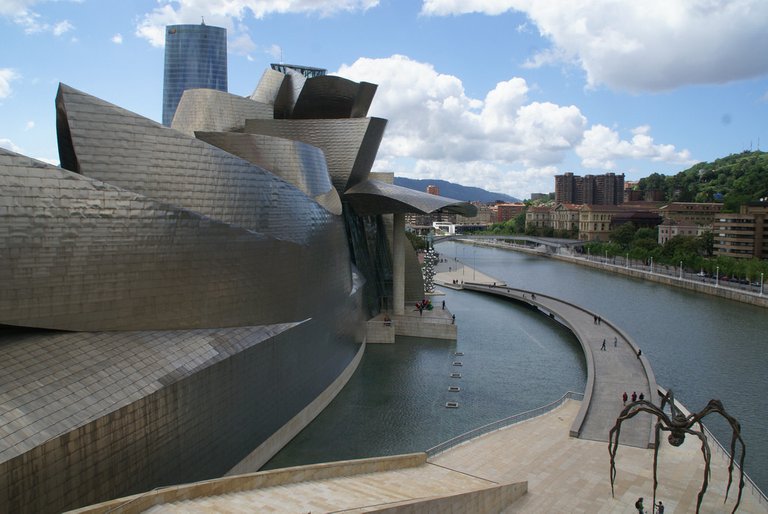
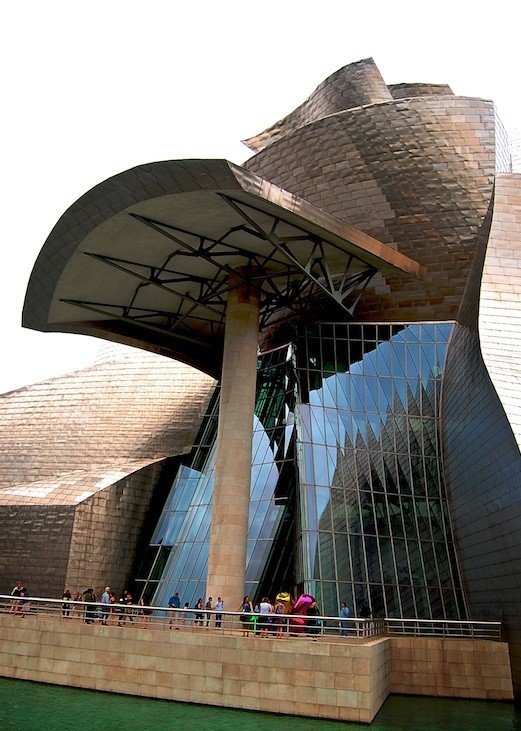
Deconstruction influences us to look for a new lease of life from old and torn-out spaces. We design around it, like accepting ugly proportions and flaws as inherent to our design. It doesn't mean that it would be terrible and unpleasing but go beyond standard geometry, and it's beautiful. It doesn't follow the rules or acquire specific aesthetics, nor a reaction to social issues. It has the freedom to play with forms and volume. Deconstruction often inspires architects to mix and match despite how conflict it is with one another. Although geometries seem conflicting, the building evolves to be outstanding, much like nature's own capabilities.
Some notable architects that use deconstructed architectures are Daniel Libeskind, Zaha Hadid, and Frank Gehry, to name a few. Daniel Libeskind designed the dramatic addition to the Denver Art Museum, which strong angular shapes inspired by the nearby Rocky Mountains. For Imperial War Museum North in England, Libeskind designed the war museum to deconstruct the globe itself, reattaching its many fragmented sections. The famous Phaeno Science Center by Zaha Hadid is full of mystery and discovery, much like the natural world. We are unsure whether the building resembles a whale or another thing. While Hadid's Vitra Fire Station lacks perfect angles or even colors enriches the experience, allowing viewers to appreciate the simplicity of each shape. The Guggenheim Museum, designed by Frank Gehry, is a game-changer since he made the constructed environment that seems natural and organic. Gehry's Vitra Design Museum, which won Pritzker Prize in Europe, showcased the organic form made possible by deconstructionism and the curved white shapes found in Le Corbusier's renowned Notre Dame du Haut.
Deconstruction is not the dismantling of structures, which is often the misconception on deconstructivism in architecture. Deconstructive architecture is a concept that dismantles structures by merely breaking an object. But not the same as demolition or dissimulation, which implies a complete collapse. Deconstructivism encourages us to consider time and change as we go about our daily lives and the design of built space. The flaws can become who we are and define a new dimension to our lives. For architecture and design, the defects become natural and organic elements of our designs. Again, deconstructivism embraces defects, or contamination, in the design and challenges our perception and values of harmony, stability, and unity. It screams that flaws are structural.
Readings
Dyske Suematsu,Life After Deconstruction, Medium
Designing For Deconstruction, Rethinking the Future
Photo Description and Credit:
Denver Art Museum designed by Daniel Libeskind | Photo from Bitter Bredt
Imperial War Museum North at Salford Quays, Manchester, England. | Photo from Charlesdrakew and SilkTork
Vitra Fire Station designed by Zaha Hadid | Photo from Christian Richters
The Guggenheim Museum Bilbao designed by Frank Gehry | Photo from dbaron and Viajar sin Destino


I upvoted you, thank you for posting! 👍
Thank you for sharing this amazing post on HIVE!
Your content got selected by our fellow curator @priyanarc & you just received a little thank you via an upvote from our non-profit curation initiative!
You will be featured in one of our recurring curation compilations and on our pinterest boards! Both are aiming to offer you a stage to widen your audience within and outside of the DIY scene of hive.
Join the official DIYHub community on HIVE and show us more of your amazing work and feel free to connect with us and other DIYers via our discord server: https://discord.gg/mY5uCfQ !
If you want to support our goal to motivate other DIY/art/music/homesteading/... creators just delegate to us and earn 100% of your curation rewards!
Stay creative & hive on!
I appreciate the support @diyhub team and @priyanarc.
nice Architectural designs. I Like how you implies Deconstructivsm in Life. Your right, we need sometimes to stop and change our daily routine to out in our comfort zone to be a better structure of our self.😊 Nice post
Yes, we need to do that from time to time. Architecture and design concepts may not be suitable to literaly apply in life as what we though of it, but we can still get one or two lessons that makes our lives better. Glad to here that you like the write up. Enjoy some !PIZZA.
@intoy.bugoy! I sent you a slice of $PIZZA on behalf of @juecoree.
Learn more about $PIZZA Token at hive.pizza (2/10)
This is an enlightening series you have created.
Beautifully said. This is one of my least favorite architectural styles which is right there with Brutalism but you made me see deconstructivism in a different light.
Most architect and designer don't favors deconstructivism because it seems too rebellious and chaotic. It much like how people look at Brutalist as too haunted. I think that we always prefer elegance and harmony that minimalism offers. Enjoy some !PIZZA
@discoveringarni! I sent you a slice of $PIZZA on behalf of @juecoree.
Learn more about $PIZZA Token at hive.pizza (1/10)
I think so too. Have a happy weekend!
Dear @juecoree, I'm not familiar with architectural terminology.
By the way, are you arguing that deconstructionism is located between minimalism and maximalism?
If minimalism symbolizes individual relaxation and maximalism symbolizes collectivism, what does deconstructionism symbolize?
Nope. Deconstructivism doesn't lies between minimalism and maximalism. It is a different concept, outside the realm of minimalism and maximalism.
Deconstructionism symbolizes outside the box, and rebel the norms. It is about rebirth of structures and transcending beyond the rules.
Enjoy some !PIZZA
@goldgrifin007! I sent you a slice of $PIZZA on behalf of @juecoree.
Learn more about $PIZZA Token at hive.pizza (2/10)
Dear @juecoree,
I read your articles and understood that minimalism symbolizes individualism and maximalism symbolizes collectivism.
I thought that minimalism symbolized individual simplicity and maximalism symbolized group complexity!
Does deconstructionism belong to either the individual or the group?
Using the metaphor of peeling layers of an onion, the principle of deconstructivism in architecture has similar implications. The flaws of this style are structural meaning the errors transparently show its source of stability. The defects are part and parcel of its design statement. Likewise in life, we find our strengths through our failures, and it's via this process that we become the best versions of ourselves. This is simply true with our built environments as well.
Definitely. The peeling of onion is a good metaphor to explain what deconstructivism is. Each layer peeled shares a story of how an onion grows. Flaws are not errors but key element that we can work with.
That is. We fail to grow and become the best version of ourselves. We can always find lesson from different things that we can apply to our life like minimalism, maximalism and even deconstrutivism.
Enjoy some !PIZZA
@storiesoferne! I sent you a slice of $PIZZA on behalf of @juecoree.
Learn more about $PIZZA Token at hive.pizza (5/10)
This style Is muy favorite, AND you?
I like the minimalism style. It is simple but aesthetically pleasing.
Hello Juecoree, I really liked your writing and the magnificent photos that you gave us in "Deconstructivism: Deconstruct to become better". I imagine it was inspired by Derrida, the father of philosophical deconstructivism. I am one of those who believe that you have to deconstruct to start building something new, I think you have to use the positive of previous creations and put aside what one, within his subjectivity, considers disposable and even negative. Receive my regards,
Well done @juecoree! We're happy to inform you that this publication was specially curated and awarded RUNNER-UP in Architecture Brew #36. Congratulations!
Subscribe to Architecture+Design, an OCD incubated community on the Hive blockchain.